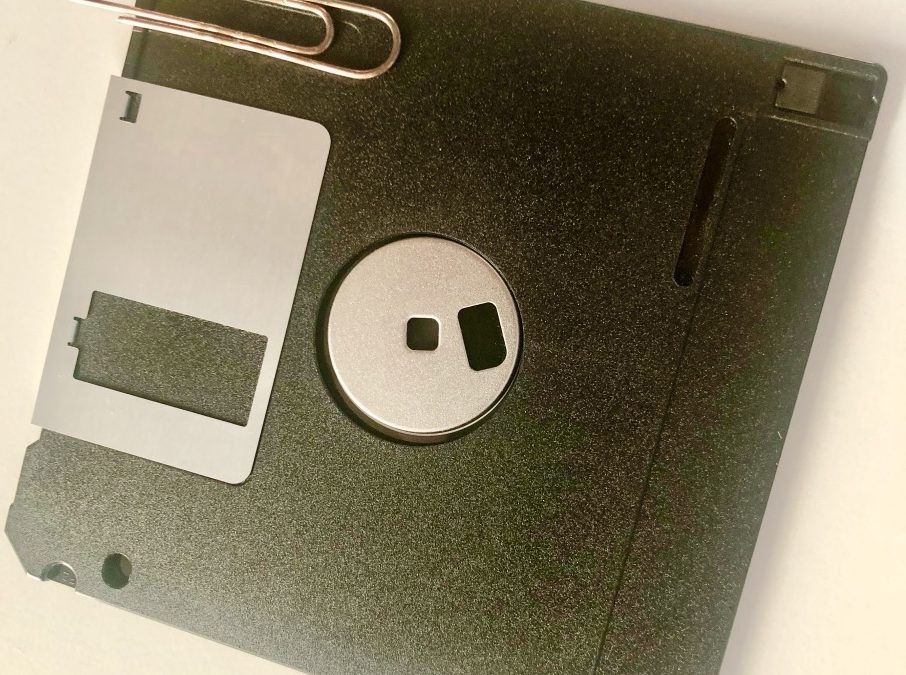When it comes to the topic of attachments, opinions differ. This is an experience we make again and again at PressFile presentations. For some, the e-mail attachment is a real anachronism, for others an absolute must. Not only when it comes to press images. The PDF and Word files must also be sent, otherwise the press mailing will not be complete. If you ask for the reasons, you often don’t get any explanation, except that you always do it that way. And that you want to do it that way in the future. Or even, “That’s what our editors want!”
The long breath of paper
If you want to get to the root of this attitude, you have to go back a few years. In the early 2000s, it was still common to send press releases on paper and by mail. However, because it was time-consuming and expensive to produce and supply photographic prints of the press photos, the image material was copied into the press release so that colleagues in the editorial offices could select and request the motif. After all, the images were usually sent electronically by then, even though the files were huge by the standards of the time.
The inconsistent digitization
In the second half of the 2000s, the sending of press releases by e-mail quickly gained acceptance. No wonder: that was easier and faster. And editors also increasingly appreciated the ability to transfer content directly via “drag & drop” and process it further. However, most PR professionals continued to work with Word documents that were paper-based. Not only in terms of layout, but also the image thumbnails remained incorporated, which often unnecessarily inflated the Word files. The new digital freedom then also led to images being attached in printable resolution – not just one, but often two or three. And because they had already heard that Word files did not reach one or the other addressee, a PDF was attached for safety’s sake – regardless of the fact that many editorial offices could not or did not want to deal with PDFs at all. The transmission path had changed, but the thinking had not.
From the value of an attachment
Why was it necessary to send images and text as electronic attachments in the first place? One argument was that the Word document should be structured in the correct corporate design. The logo had to appear in the right colors in the right place, and of course it was also extremely important that the text was written in the house font. And the pictures were sent along so that they actually reached the addressee. Offering them for download would have been a possibility even back then. However, this was often brushed aside with the argument that veteran editors could not cope with a download. The digital age had dawned in the minds of the press workers. Alone: they remained attached to the form. The shipping was digital, but what was sent had to look like it was paper.
About the nonsense of the e-mail attachment
To this day, some PR professionals are still more concerned about form than content. In doing so, they completely disregard the work process on the other side of the desk, in the editorial offices. Hundreds of mails arrive there every day. The key is to separate the usable from the unusable as quickly as possible so that you can move on to further processing. It is sufficient if the content of the press release is copied directly into the mail as text. Because then everything is available at a glance, can be assessed, filed, copied and pasted. No sensible person opens a mail attachment and checks if the text is nicely set. And certainly no editor wants to deal with a PDF that causes problems with umlauts or hyphens.
Why have one image as an email attachment when you can have many?
Only when it has been established that the content is of interest to the editors does the question of illustration arise. Again, the email attachment does not add any value. It’s big and bulky, and it doesn’t always match what an editor envisioned for the illustration. It is much more useful to provide a link to an online media library. Here you have the possibility to link not only one or two, but many images – much more than you could ever send with an email attachment. This gives the editorial team a wider choice, the variety of motifs increases and with it the “colorfulness” in the external presentation. Taking the online newsroom a step further, images, videos, graphics and textual content can be linked together, making this newsroom a source that an editor is happy to visit even without the occasion of a press dispatch, simply because the newsroom offers appropriate added value. A very nice example can be found at Daimler.
If you want, you can also offer the Word document for download there – nicely designed, with the house font and the logo in the right place. But let’s be honest: Who will bother to download this document when they can see all the content in front of them on the screen and process it with the click of a mouse?

